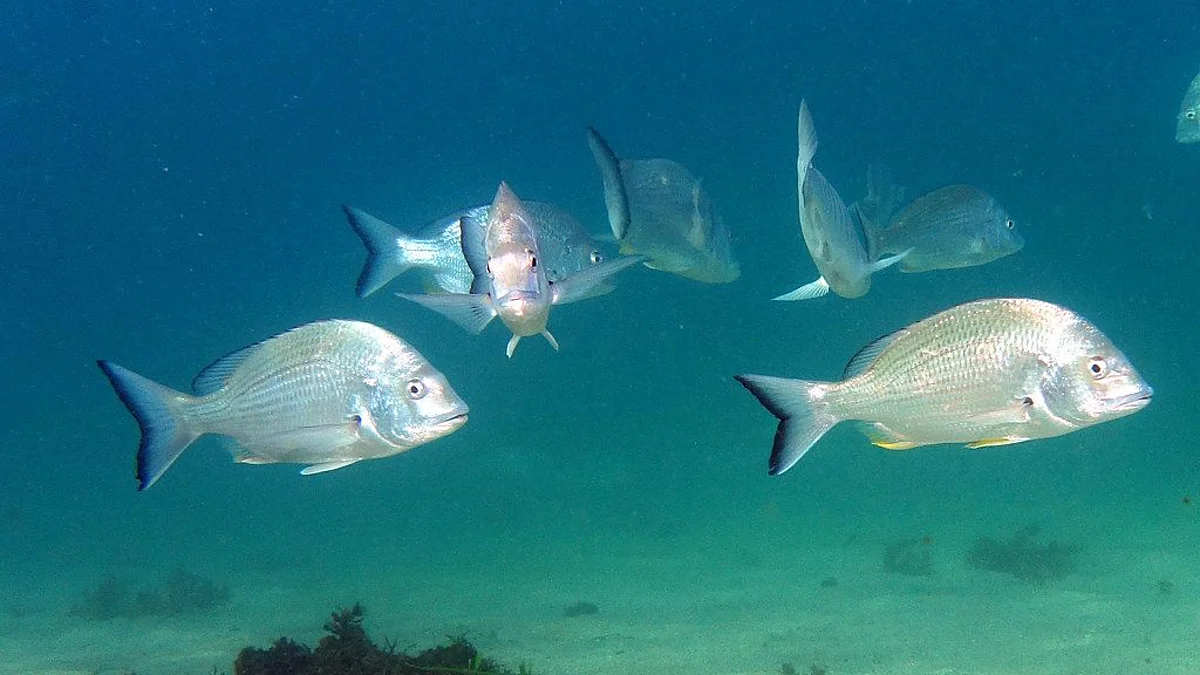Due to climate change, freshwater fish populations near the poles are larger than equatorial populations. Warming is creating new habitats at the edges of poleward regions, allowing large-bodied migratory species such as Atlantic salmon to thrive. In a recent study, researchers at the University of Bristol analyzed a dataset containing more than 10,000 time series and more than 600 freshwater fish species.
How do fish respond to climate change?
The research sheds light on an important aspect of how animals respond to climate change, which is causing large-scale changes in the distribution of marine and terrestrial species. However, the responses of freshwater species are less well understood.
“Understanding how population sizes of freshwater species have responded to climate warming in recent decades is important for predicting how they will be affected by future conditions,” the study authors write.
Climate-induced changes in fish habitats
“A common biological response to climate warming in marine and terrestrial habitats is for populations to increase on the polar side of species’ ranges as new habitats are created, and for populations to decrease on the equatorial side of species’ ranges as conditions become too warm.” co-author of the study is Professor Martin Genner.
Using a multicontinental database, the researchers linked data on river fish populations from 1958 to 2019 with temperature records. The results showed that water temperatures increased by an average of 0.21°C (0.38°F) per decade across all sampled locations. This warming is consistent with demographic trends predicted by climate models, particularly long time series over 30 years.
Species that benefit from warm water
The study found that fish species with certain characteristics, such as larger body sizes, higher trophic levels, river-to-sea migratory behavior and widespread distribution, showed population growth in response to climate warming. Examples are brook trout, European perch and pike. These positive trends were more pronounced in cooler, higher altitude environments where rising temperatures created favorable conditions.
“These results suggest that projected future warming will lead to large-scale changes in river community structure, including declines at the tail end of species’ distributions,” Professor Genner said.
Looking beyond climate change
Although climate change is an important factor, researchers are trying to assess the relative importance of climate change compared to other stressors such as pollution, habitat change, and fishing. Understanding these interactions may be key to developing effective conservation strategies.
Also read – World’s oldest wooden structure rewrites humanity’s early history
“Our research has shown how warming waters are affecting freshwater river fish, which are both rich in biodiversity and traditionally important to cultures around the world,” Professor Genner said. “We hope that shedding light on how climate change may affect freshwater fish will lead to positive actions towards their conservation and sustainable use.”
Professor Genner added that we need to learn more about how the effects of climate change can be reduced through conservation strategies such as habitat restoration.
Protecting ecosystems from climate change
This study highlights the urgency of addressing the effects of climate change on freshwater fish and marine ecosystems. By identifying species and regions most vulnerable to warming, policymakers and conservationists can prioritize actions to preserve biodiversity and preserve the cultural and ecological role of freshwater fish. Habitat restoration and sustainable management practices can play a critical role in reducing the effects of global warming on these vital ecosystems.
polar freshwater fish
Arctic freshwater fish are uniquely adapted to survive in some of the harshest aquatic environments on Earth. Species such as arctic char, whitefish and grayfish thrive in cold waters, usually below 4°C, where oxygen levels remain high and competition is relatively low compared to temperate regions. These fish display special physiological properties, such as antifreeze proteins in their blood that prevent ice crystals from forming and damaging their tissues.
In addition to physiological adaptations, many polar freshwater fish exhibit behavioral traits that enhance survival. Arctic char, for example, can optimize food availability and reproductive success by switching seasonally between freshwater and marine habitats. This migratory behavior also makes them key indicators of ecosystem health, as their movements are closely linked to water temperature and ice cover.
Additionally, polar regions generally host fewer species than temperate regions, but these ecosystems are vital to global biodiversity. The limited number of species creates a fragile food web where climate change in fish populations can have cascading effects on predators such as birds and mammals, as well as human communities that depend on these fish for subsistence and cultural practices. The study was published in the journal Proceedings of the National Academy of Sciences.













